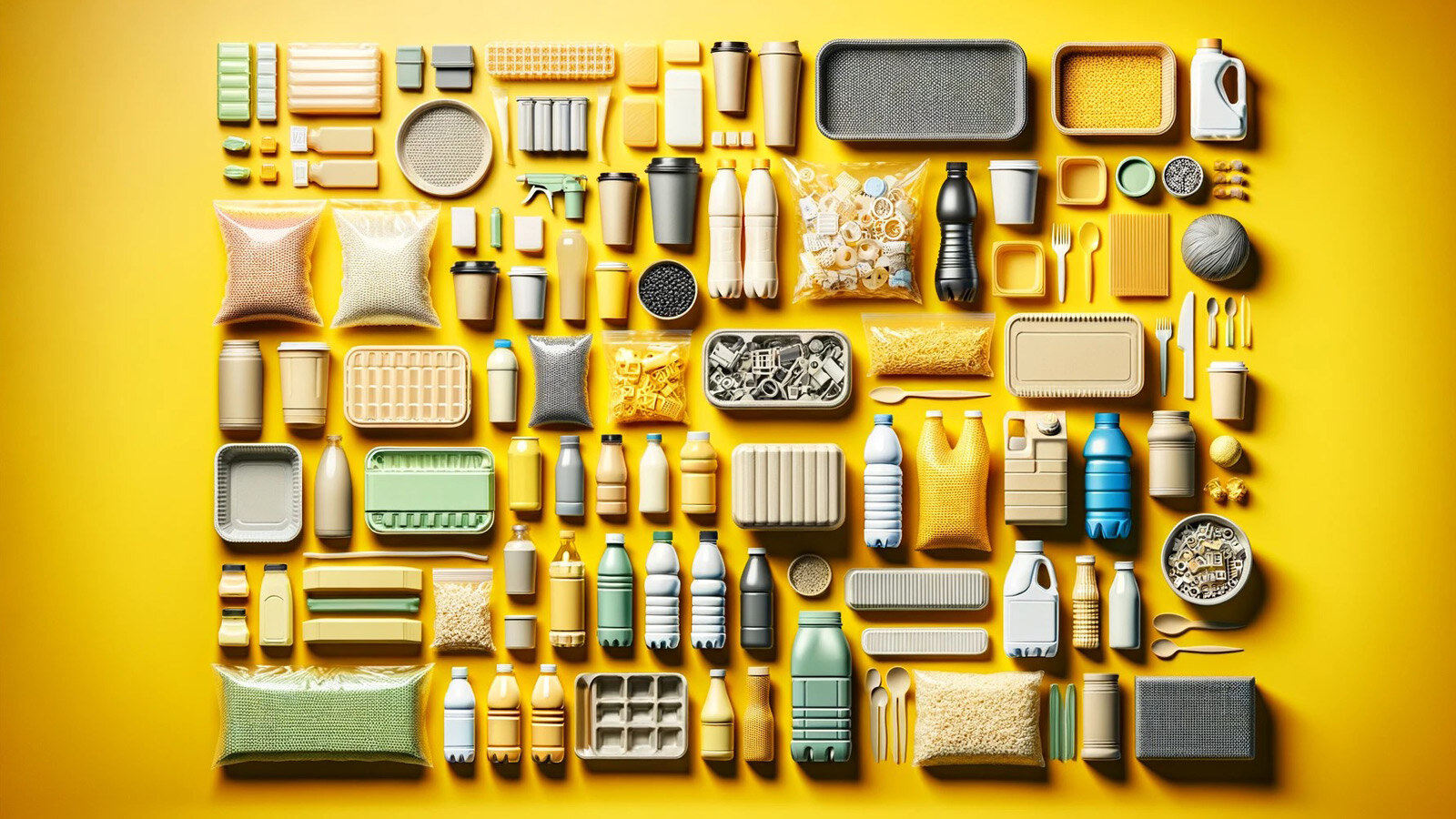Biobased materials are indispensable in a circular economy. After all, what is more circular than using a material that theoretically never needs to become waste? Below we tell you exactly what biobased materials are. And what its significance could be for a circular world, if we invest more in it.
What are biobased materials?
Biobased materials come directly from living nature: they are used in their original form and can be reused in that form. But they can also be recycled for another purpose.
An important feature of biobased materials is that they are renewable. In other words, they grow back (in a short period of time). Examples include wood, flax and straw. Finally, biobased materials have the great advantage that they retain CO2.
What is the difference between “biobased” and “biodegradable”?
The term “biobased” says something about what the product is made of. For example, biobased plastic is made from plants. The term “biodegradable” or “biodegradable” says something about the end-of-life of the product: how it is processed afterwards.
Biobased plastics are similar to fossil plastics in terms of processing. It takes a very long time for the material to break down, resulting in microplastics and other damage.
If something is biodegradable, that means that fungi and bacteria can break down the material until eventually nothing is left of it. But it varies from material to material how quickly that happens. For example, it can take years and years for a biobased plastic to break down. Not always waste processors' processes are set up for this, so biodegradable waste is sometimes burned anyway.
Biodegradable plastics that do end up in nature, for example as litter, may be less harmful to the environment than biobased plastics. Nevertheless, these plastics can cause damage until they break down. Animals can become entangled in them, and the material can cause health problems in the stomach of a bird or other animal.
What biobased materials are there?
This is an (incomplete) list of biobased materials:
- Wood
- Flax
- Straw
- Hemp
- Jute
- Bamboo
- Shells
- Fibers
Briefly, it refers to all materials that come directly from nature. Some are used directly, for example as insulation materials in construction. Others are used as raw material for a biobased product, for example PLA, bioplastic or biobased resin.
Biobased plastics and processing
As discussed earlier, not every biobased product is automatically biodegradable. Biobased plastics that are not biodegradable are collected through PD and then recycled. Biodegradable plastics cannot be collected with organic waste (GFT or swill) in the Netherlands because the processing industry in the Netherlands is not yet geared to the long degradation times of the plastic. So, unfortunately, much biodegradable plastic is still incinerated. An exception is biodegradable products made from bamboo or paper, such as straws.
Biobased plastics and packaging
Plastics and packaging can be made biobased, for example from plants. This would be a big step forward compared to plastics from non-renewable sources. Thus, less is contributed to the buildup of greenhouse gases (CO2eq) from burning fossil resources. This reduces the pressure on the climate.
So with the choice of bio-based, it is important to check whether current recycling processes can handle the product and guarantee high-quality processing or recycling.
Milgro and biobased materials
Do you want to work (more) with biobased materials in your company, for example for your packaging? Then remember that 'biobased' does not automatically mean 'biodegradable'. So even when working with biobased materials, it is still important to consider both the sustainable application and processing of the material.
And looking even further...
We also like to look even further. If the raw materials needed for biobased plastics start competing with food production, or if forests are cut down for this purpose, we will go from bad to worse. Milgro uses an LCA perspective on processes, in which we consider all phases of the life cycle. Therefore, when choosing raw materials, we recommend opting for secondary raw materials or bio-based materials that are made from residual products or waste streams from the agricultural or food industry.
Could you use help and advice? Book a meeting to discuss the possibilities
Op de hoogte blijven
Op de hoogte blijven van alle nieuwe ontwikkelingen? Volg ons op LinkedIn en Instagram of abonneer u op de nieuwsbrief. Bent u nieuwsgierig naar wat Milgro voor uw bedrijfsvoering en afvalproces kan betekenen? Neem dan contact op.














